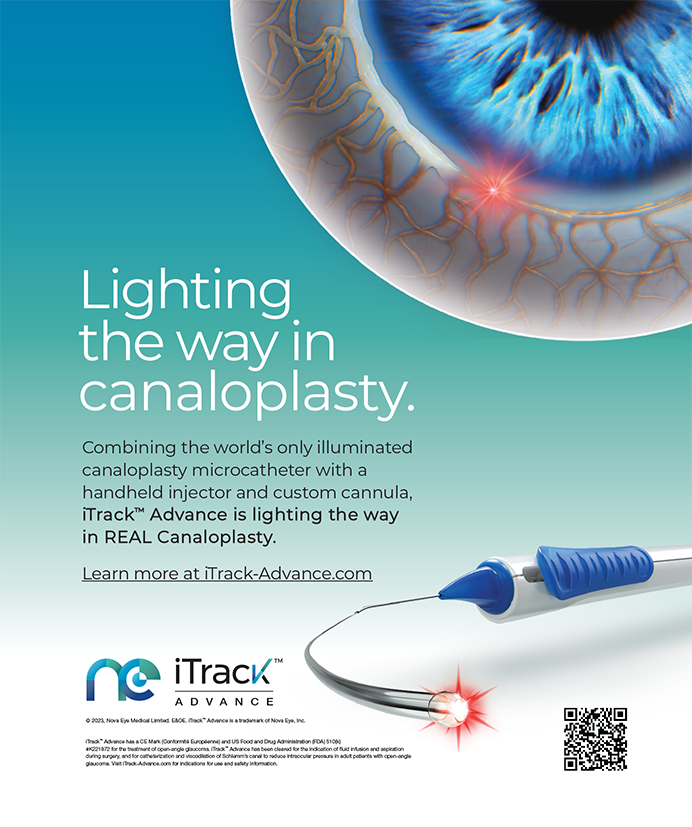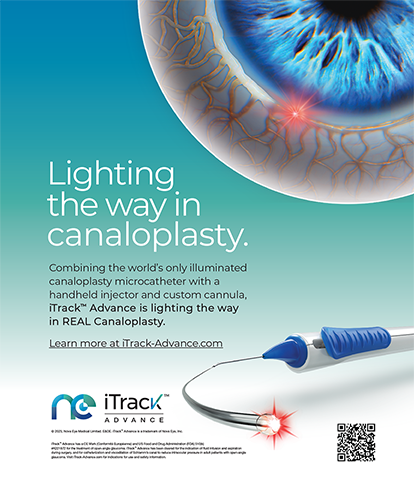Why don't more people have LASIK? We ophthalmologists believe in it. More of us, percentage-wise, have undergone laser vision correction than any other population subgroup. Why, then, is elective refractive surgery's penetration only 1 to 2 in the general population? We all want the answer.
There is no lack of theories as to what is preventing potential patients from visiting our practices. Cost is typically the first reason cited, but it does not strike me as the main factor. After all, most Americans pay more money for dental work than they would for laser vision correction. Plus, with all the discounts and payment plans available, refractive surgery is a bargain. Where else can people fix their main sense, sight—one that is broken and that they use every waking moment?
Fear may be a factor, although laser vision correction does not seem that scary today. A well-trained staff can allay candidates' worries, especially if the former remember that what to them is a daily routine is a once-in-a-lifetime experience for the latter.
Could the problem be one of demographics? The LASIK boom essentially hit as baby boomers turned 40. Now, those individuals are 50 years old and looking to cure their presbyopia and cataracts. Generation Y, about 20 years old, may offer an even bigger opportunity for refractive surgeons than the baby boomers did. These young adults have more money at their age than did previous generations. They are also technologically savvy and desire instant gratification.
I have to wonder if the reason for refractive surgery's poor penetration is iatrogenic. Perhaps we have caused potential patients' fear and hesitation through endless debates on LASIK versus PRK, some poor results, and negative marketing. Maybe we need to rebrand our procedures or offer a new technique. Sub-Bowman's keratomileusis using a femtosecond laser, a sophisticated eye tracker, and a modern, wavefront-guided excimer laser is far different from the refractive surgery we performed in 1991. Another benefit of sub-Bowman's keratomileusis is that it seems to combine the best of LASIK and PRK: safety; efficacy; and high acceptance by patients.
For my part, I am studying Generation Y. I am hiring 20-somethings as counselors and requesting their feedback on my Web site and office. More than that, however, I like the idea of a fresh start with a new technique. I think the next decade will be interesting … and busy.


